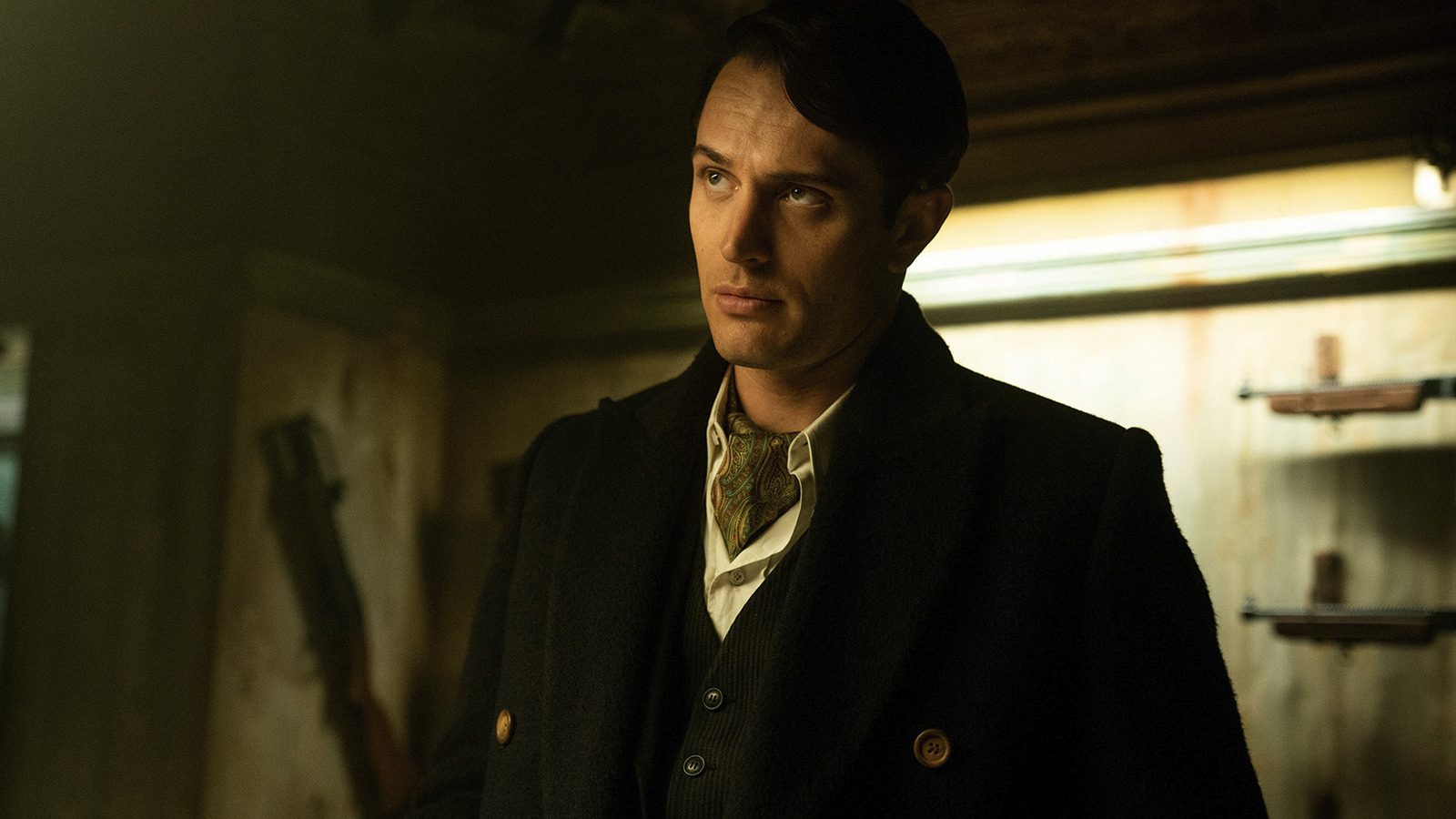Next, we were whisked off to another suite in the hotel, one outfitted with all the accoutrements needed to make an action TV series: A couple of black crash mats on the floor in front of a ’70s NYC set, with a graffiti-laden phone booth at its center. This is where production designer Drew Broughton got to explain a little about his efforts in creating the sets of “The Continental,” and where action director Larnell Stovall gave us a live demonstration of the techniques he likes to use when choreographing a fight.
Broughton spoke a bit about building environments that support the story and the action choreography, something he elaborated on later during a roundtable discussion:
“One of the differences between good production design and bad production design in an action film is if the things look fake, they break apart. If it looks like balsa wood, or if it looks too easy. So it’s like this very kind of sophisticated [process]: All these different artists are involved in making sure that whatever the material that we use is just right, looks right. What we never want is for our work to distract from [the action], to take away the moment, because it will take you right out of the movie if, ‘Oh, they just went through a balsa wood barricade.'”
During the demonstration, Stovall explained that the actress who plays the role of Lou, Jessica Allain, had never done any on-screen fights in her career before, and, due to the nature of TV production, there was no time for the months-long training regimens typically arranged for actors in big-budget action films. So, he adopted a technique where he assigns each move a behavior and emotion. For example, if you’re throwing a punch, you can begin by “picking up a phone” and then “giving the other person the phone.” Stovall brought up two volunteers from the audience, teaching them a combination using that technique in record time, so that each person was able to perform it on the spot in the phone booth with relative ease.
It was a real-time example of Stovall’s approach to screen action, using some of his own techniques as well as those espoused by the 87eleven design team that has worked on all of the “Wick” movies. During the later roundtable discussion, Stovall explained how working with production design can elevate the action’s impact:
“You need to do something else to make the average person who doesn’t understand martial arts go, ‘Ooh, that hurt.’ Because they don’t know this technique. They don’t know this chop. They don’t know how strong that side kick was. But if I kick somebody into an urn and it falls and destroys, you can go, “That was powerful,” which gives us a little break in the sense of the Chopsocky world and breaks things up.”
Source From: www.slashfilm.com
Source link










